
streams

streams

streams

streams

streams

streams

streams

streams

streams

streams
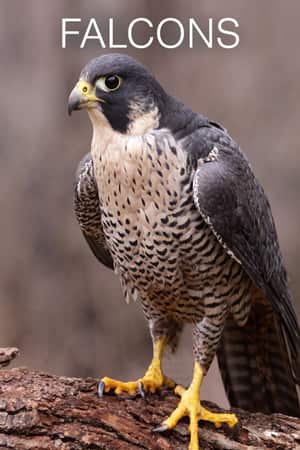
streams
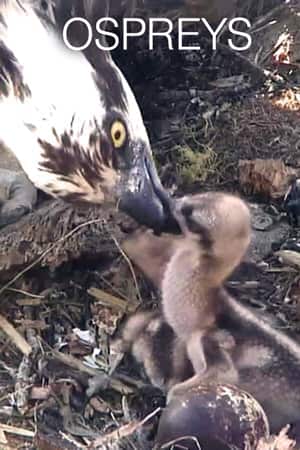
streams

streams

streams

streams
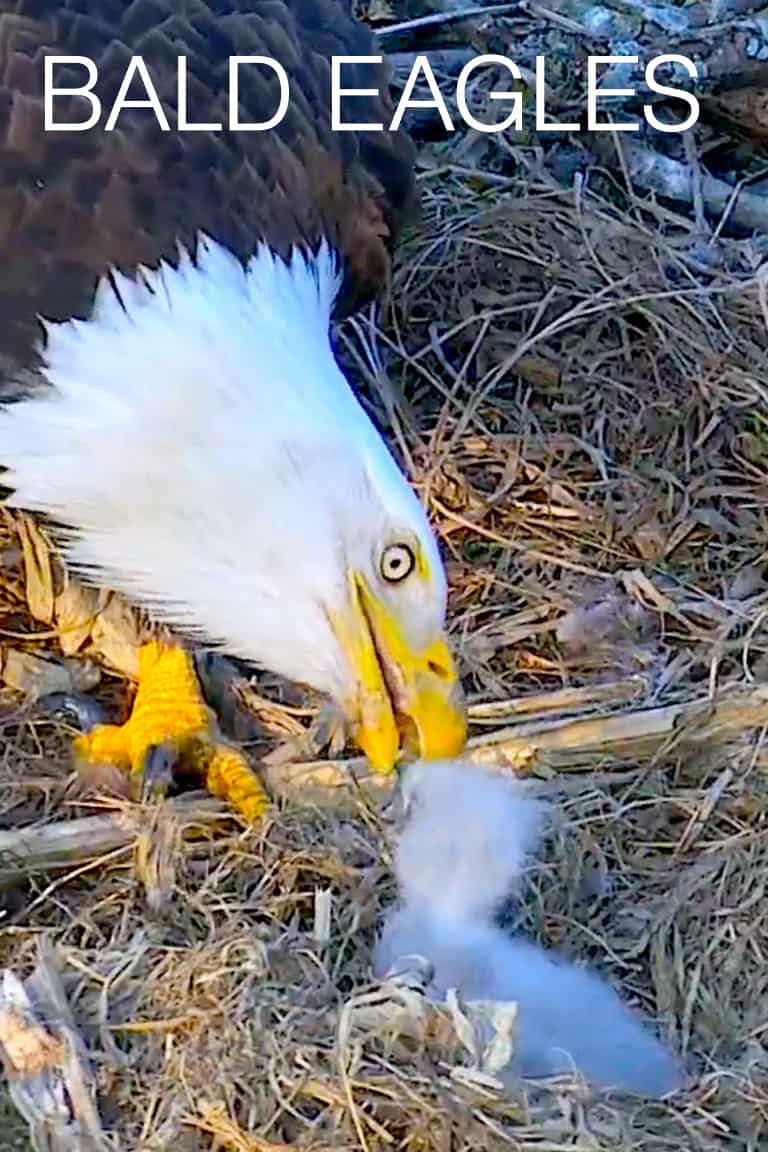
streams

streams

streams

streams

streams

streams

streams

streams

streams

streams

streams

streams
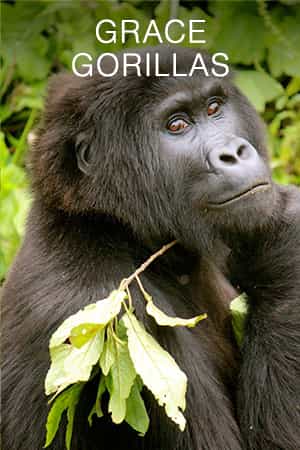
streams

streams

streams

streams

streams

streams
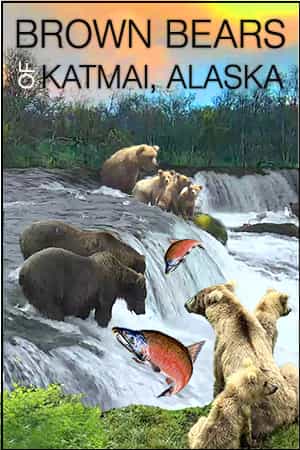
streams

streams

streams

streams

streams

streams
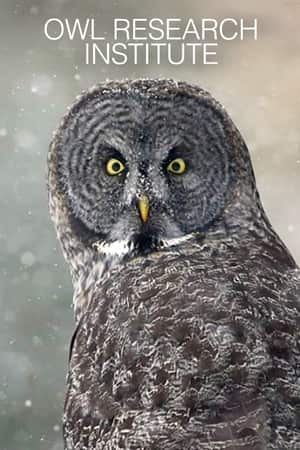
streams

streams

streams
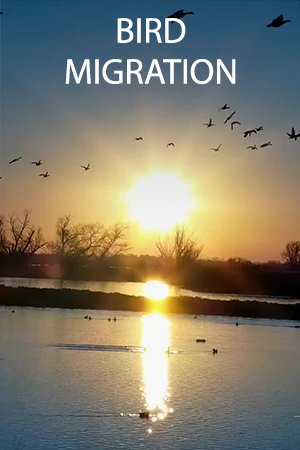
streams
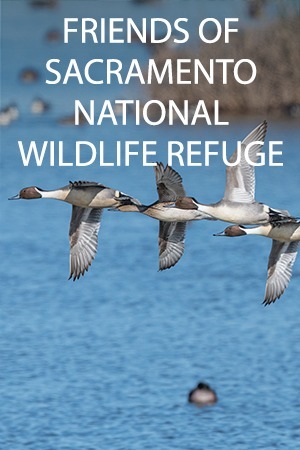
streams
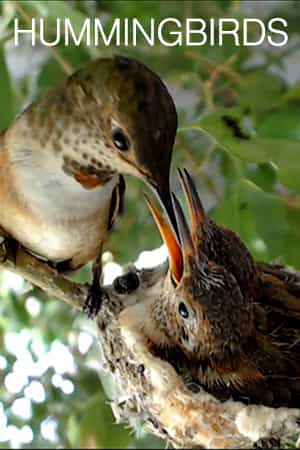
streams

streams

streams

streams
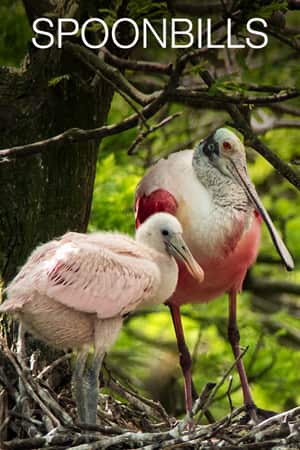
streams

streams

streams
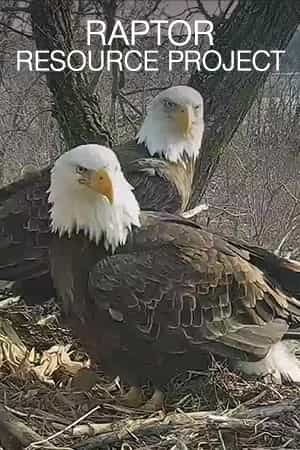
streams
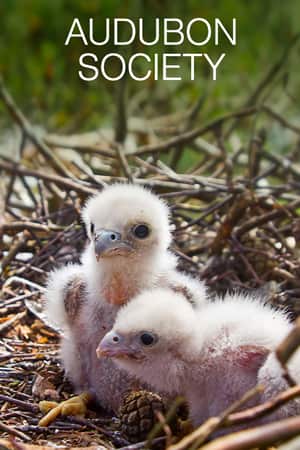
streams
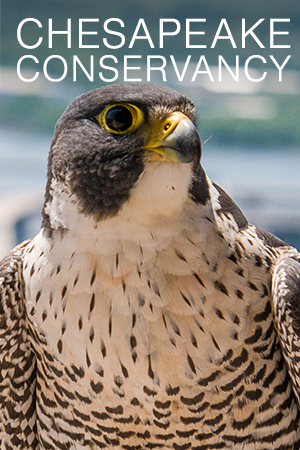
streams
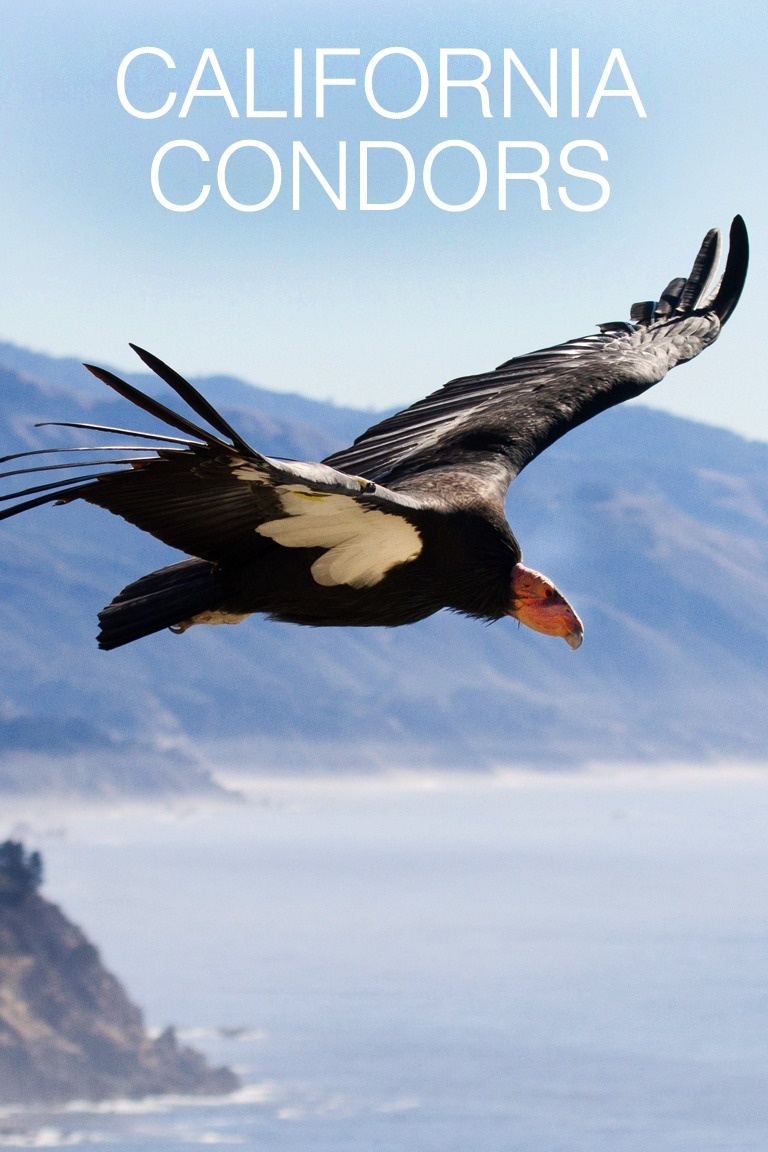
streams

streams

streams

streams

streams

streams

streams

streams

streams

streams

streams

streams

streams

streams

streams

streams

streams

streams

streams
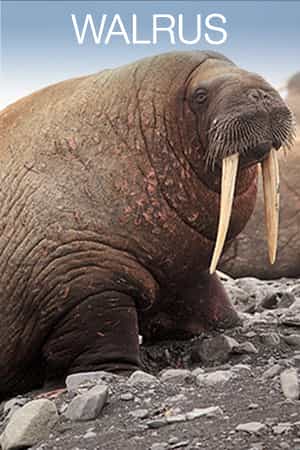
streams

streams

streams

streams

streams

streams

streams

streams

streams

streams

streams
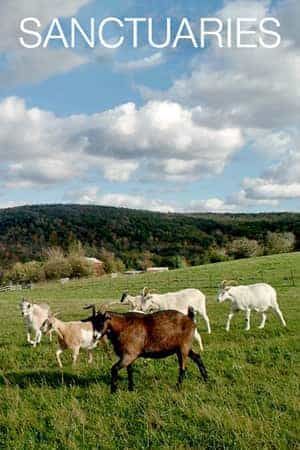
streams

streams

streams
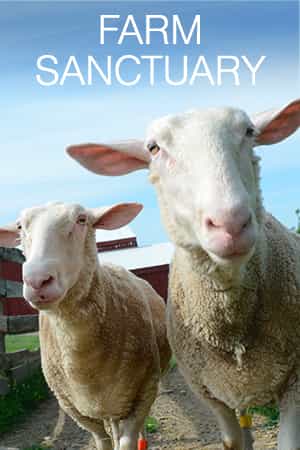
streams

streams

streams

streams
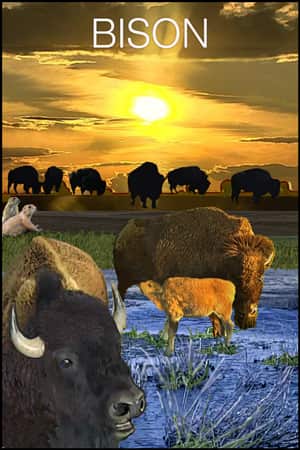
streams
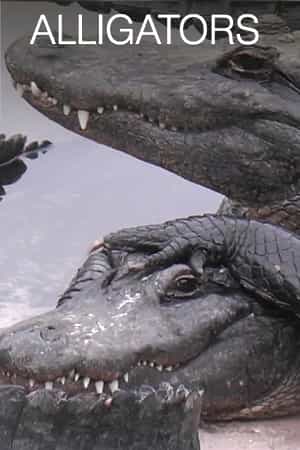
streams
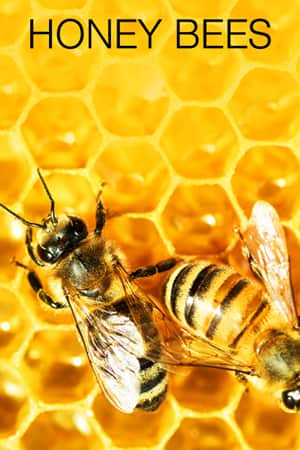
streams

streams

streams

streams

streams

streams

streams

streams

streams

streams

streams

streams

streams

streams

streams

streams

streams

streams

streams

streams
- Favorite Cam
Information
Get a rare glimpse into the life of North America's largest species of owl and also one of the most elusive. This live camera is mounted opposite a broken top snag in Northwest Montana. After several years of searching and surveying, we finally found a nest that was conducive for a cam.We coordinated with the Confederated Salish and Kootenai Tribes Wildlife Management Program, Tribal Council, and Cultural Committees in a joint effort to receive permission to place the camera. We deeply appreciate their receptiveness to sharing this unique Great Gray Owl pair, their nest, and the opportunities it provides to study, learn, and create awareness for this incredible owl species.
Have a question about Great Gray Owls or something you saw on the cam? Submit your question to the Owl Research Institute (ORI) and view previously answered questions, here!
ORI will post answers every week on the cam chat board, so check back for answers. We’ll also post all answers on the ORI website (on the above link) so we can all learn together about these amazing birds!
All Day and All Night
April 2017
USA
Weather
- Prime Viewing
Partner
For more than 25 years, the Owl Research Institute (ORI) has been dedicated to scientific research of owls — their ecology, natural history, and habitat relationships.
Because owls are chronically under-researched and poorly understood, we strive to provide high-quality, long-term studies of owls, and use our findings to promote conservation.
The Owl Research Institute is a non-profit, 501(c)3, tax-exempt organization, and primarily funded by grants from foundations, corporations, and individuals.
Calendar
Blog
Q & A
Great gray owls--also known as Lapland owls, bearded owls or spectral owls--are among the tallest species of owls. With silvery gray feathers streaked with white, gray, and brown, great gray owls are easily identified by their large, rounded face, yellow eyes, and the white ?bow-tie? on their necks.
How big are great gray owls compared to other owls?
Great gray owls dwarf other owl species in size, but their thick and fluffy plumage makes them look heftier than they really are! Their bodies can be well over two feet long, and their wingspans can reach five feet, but they often weigh less than three pounds. They are larger than great horned owls in size (but not weight) and smaller than bald eagles.
Where do great gray owls live?
Great gray owls live year-round in the the dense evergreen pine and fir forests of Canada and the northern United States as well as parts of northern Europe and Asia like Scandinavia, Russia, Siberia, and Mongolia. This owl nest cam is in Western Montana, where the Owl Research Institute studies owl ecology and behavior.
How do these owls hunt?
Great gray owls hunt both in the day and at night, locating their prey using their keen sense of hearing. Like some other species of owls, their ear openings are asymmetrical, allowing them to accurately pinpoint the location of their prey from even the slightest noise.
Owls? faces act as a sort of satellite dish for receiving sound waves, and the highly sensitive feathers around the face funnel sounds to both ear canals. Their hearing is so exacting that they?ve been known to plunge into more than a foot of snow to successfully catch unsuspecting rodents underneath.
Great gray owls will hunt by listening silently from a perch or by flying low over open areas. Their prey consists primarily of small mammals, like voles, gophers, mice, shrews, squirrels, and weasels, as well as small birds.
Because of their large size, great gray owls need to eat regularly. In the winter months, they eat up to 7 vole-sized small mammals a day!
Why are these owls nesting in a dead tree?
Like other owls, great gray owls do not build their own nests, instead preferring to nest, as this owl has, in the tops of dead trees. Great gray owls will also nest on human-made platforms or in old nests built by raptors, ravens, or even squirrels! In broken tree tops like this one, the female may scratch a slight depression into the tree in which to lay her eggs, but she will not build an actual nest.
Great gray owls will often choose to nest near a meadow, bog, field, or similar opening in the forest, as these areas are best for hunting.
Females will lay between two and five eggs, incubating them for about 30 days, while the male provides food to sustain his mate. When the young owls are three to four weeks old, they will climb out of the nest and perch on a branch where they can observe their parents hunting. A few weeks later, they will be ready to fly!

